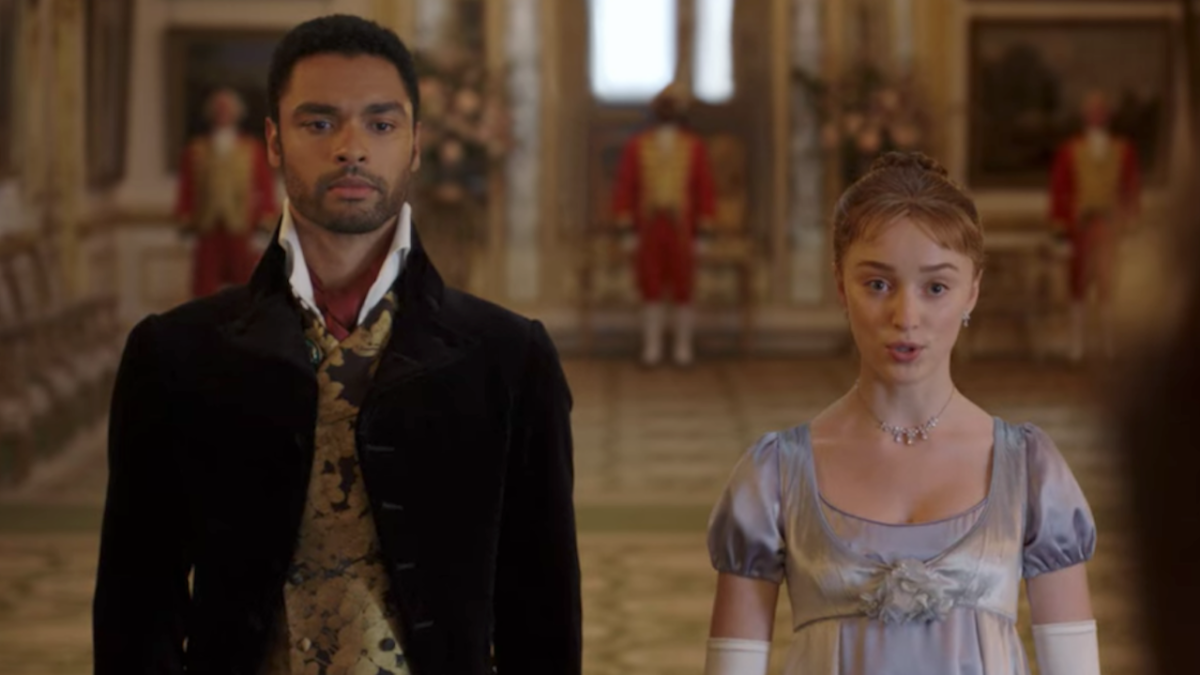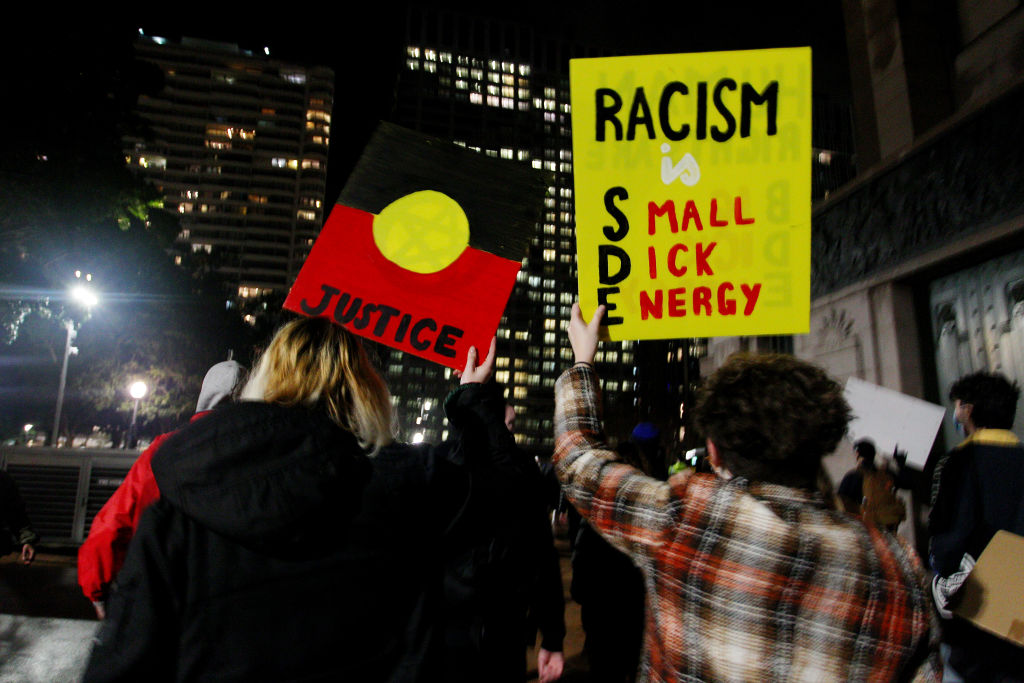
Interracial relationships. They’re not exactly controversial – not anymore and not where I live at least. So the fact that I am a Sri Lankan Australian and my partner is a white-European isn’t something I thought much about. Until recently, that is.
It was mid-2020 when our difference really hit me. I’m not saying I didn’t know we were distinct from each other – I’m not blind. I’m saying it took me three and a half years before I was punched, square in the face, by the realisation that my partner – who I love dearly – would never fully understand this part of me. The Black Lives Matter protests; the US election; increasing hate crimes against Asian people – these were all issues that elicited visceral sadness and anger within me because of what they represented for my world, and how people of colour (POC) are treated within it.
But how do you explain this to someone who hasn’t lived the POC experience? How do you explain your feelings to someone that you want unconditional support from, when it feels like you are explaining injustices that you see to be clear as day? How do you explain the nuances of race?

While I have been entrenched and surrounded by diversity discourse my entire life – my white partner never has. It’s part of the pattern. Equal weight has not been given to the multiple stories of minorities in Australia’s canon in the past and this has led to an ignorance about the POC experience.
For example, when I would rage about the police brutality against Black people in the US, my partner would ask me, quite seriously, what should the US government do? Should they defund the police? And myself, as a brown person, was almost offended he could even ask me that. While on a practical level these are complicated questions, on a moral and emotional level, I felt the answers were obvious. You see when world leaders were reacting to racial issues with hostility and disregard – releasing military onto peaceful protests; refusing to acknowledge violent crimes against Asians were racially motivated – I felt that my world was deteriorating. POCs were not being heard. It seemed so easy for Australia to be next. My deep emotion was borne mostly from fear, but this connection is not something my partner immediately understood. Partly because it took me a while to articulate this and partly because it’s not something he’s ever had to think about.
It’s not exactly fair that so many of us walk around with this burden every day: this anxiety that society is regressing, that the disease of racism is spreading. And for those of us in white-BIPOC relationships, it’s even more unfair that our other-halves will never quite understand. It’s a conversation many are struggling to have. But we can try.

My partner and I talk honestly and often. There’s a lot I find myself explaining: colour-blindness; representation; microaggressions; and diversity quotas. Part of me loves it, because I’m passionate about it. But part of me finds it hard not to place blame. At first I was deeply frustrated that I had to so delicately explain the nuances of race to a straight, white man. But the hard truth is that navigating this dynamic is part of educating the people around me – the people I love.
What we do find, is that it is useful to centre conversations about race around an external stimulus. These make the discussion analytical, understandable and less personal for us both.
A personal favourite of these has been a conversation surrounding the colour-blind casting in Bridgerton. Writer Chris Van Dusen has stated that this was to critically engage with race as a contemporary social issue. However, critics have discussed this casting to be more problematic than colour-conscious. One reason for this being that the darkest-skinned character (Simon’s father) is arguably the most wicked.
My partner and I discussed whether a solution would be to cast people of colour in only heroic roles.
“But that’s not right either,” I explained. “People of colour can be all kinds of characters. They can be bad, good and everything in between because that is representing the full scope of a race.”
Of course I then had to justify why, in this case, it was a bad thing. Though it isn’t always: cue audience confusion.
Talking race is a big job. It is complicated and exhausting mostly because, for those of us on the coloured side of a white-BIPOC interracial relationship, it is lived experience. But this difference is also part of what makes our relationships thrive. It is a beautiful thing in human experience, to understand one-another. My partner and I are not all the way there yet, but we’re getting close. And that, is a really good thing.
If you want some more practical tips on talking about race with your partner, this piece and this piece are both great.
Sachini Poogoda is a writer, artist and Masters Student of Genetic Counselling. She currently works at Portside Review, a journal for and from the Indian Ocean. Her work has been published on a variety of platforms including Globalhobo and WhyNot. You can read more of her work here.



